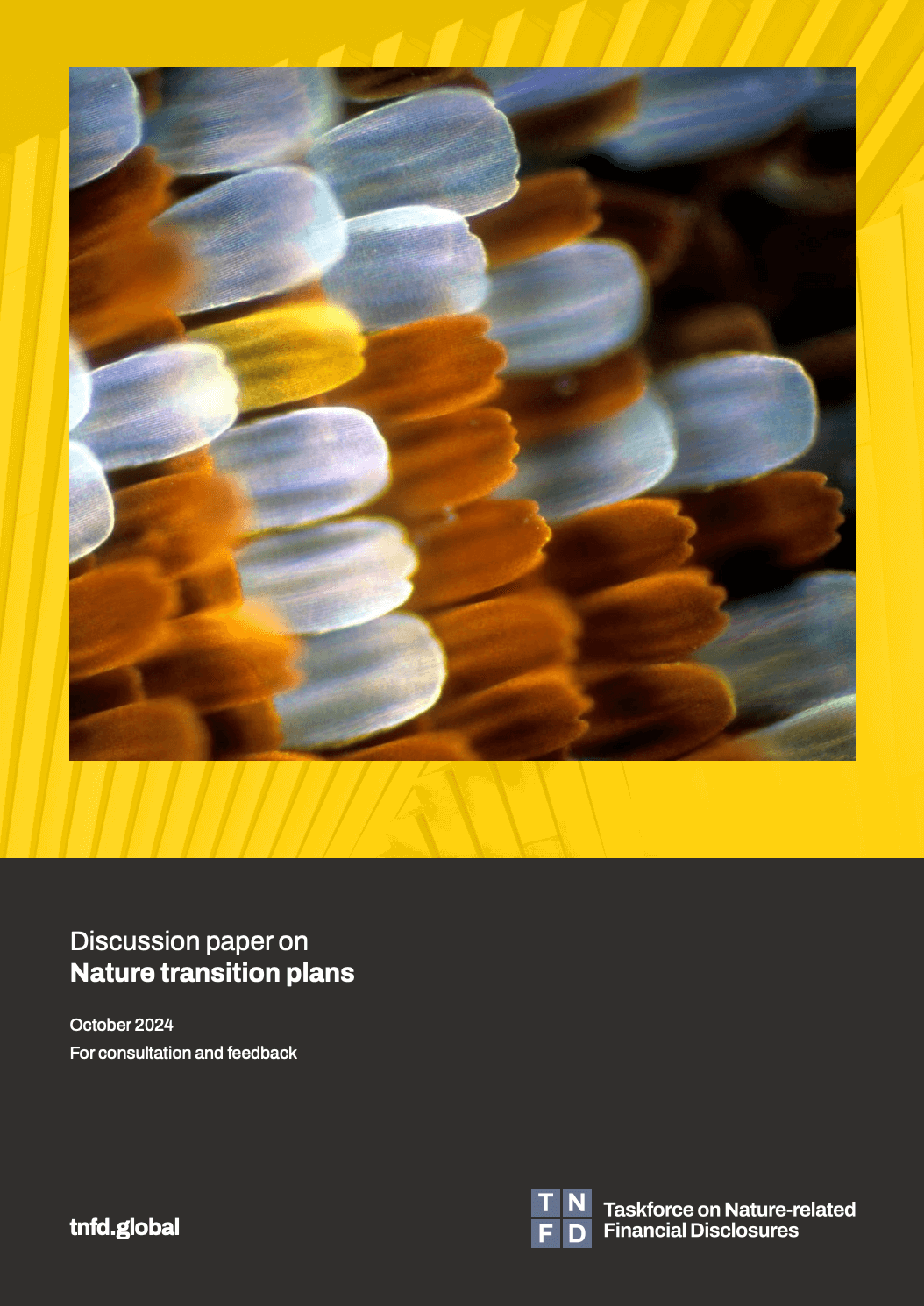Discussion paper on Nature transition plans
Detalles
| The mission of the Kunming-Montreal Global Biodiversity Framework (GBF) is to halt and reverse biodiversity loss by 2030, with the goal of making the world live in harmony with nature by 2050. Carrying out the transition implied by this international agreement requires significant changes in business practices in all sectors. Therefore, a wilderness transition plan—as defined in the discussion paper—sets out an organization's objectives, goals, actions, accountability mechanisms, and resources to respond to and contribute to the transition that MGB entails. This publication is a discussion paper that sets out draft guidance on wilderness transition planning for companies and financial institutions developing and disseminating a transition plan. The document covers all aspects of nature, except climate change and greenhouse gas emissions as drivers of nature loss, and natural carbon stocks. Transition planning for these issues is covered in the guidance of organizations such as GFANZ. The TNFD has collaborated in the preparation of this document with other initiatives and partners, such as GFANZ, Transition Plan Taskforce, SBTN, Business for Nature and WWF. Main areas of interest
|
Recursos relacionados

PRB Nature Target Setting
This document collects examples of specific nature-related activities and practices by the signatories of the Principles for Responsible Banking.
Economic valuation and assessment of the impact of the GBIF network
Responding to accelerating climate change and biodiversity loss requires big decisions. It's never been more important that these decisions are…

Mobilising internal finance: how forest and farm producer organisations upscale financial access
Access to finance for rural communities composed of smallholders, family farmers and indigenous peoples is very limited. Smallholder farmers and…


